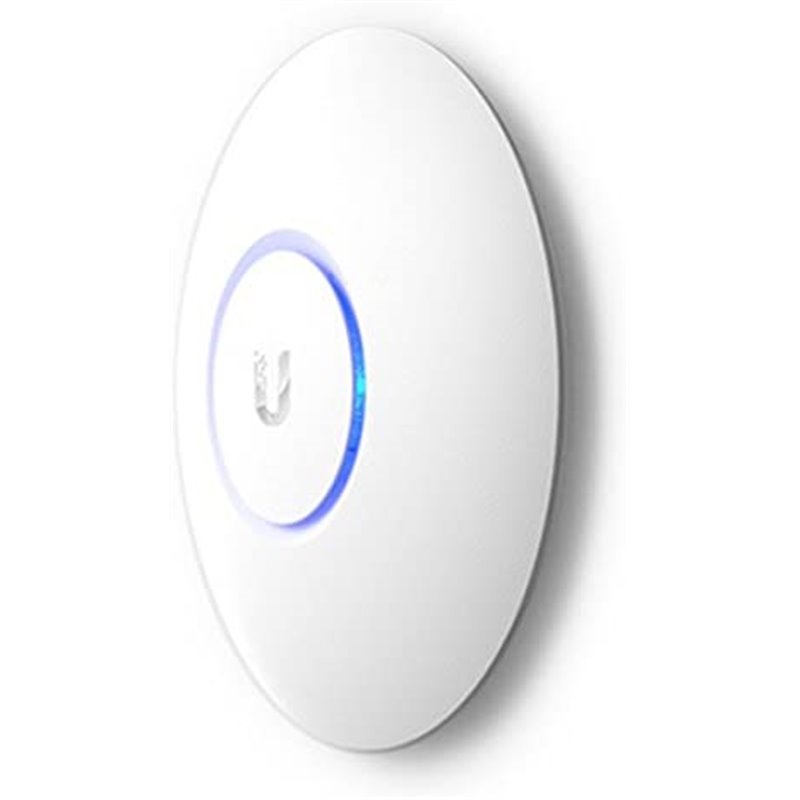In today’s hyper-connected world, a reliable Wi-Fi network is no longer a luxury – it’s a necessity. Whether you’re running a business, managing a smart home, or simply staying entertained, a robust and well-designed Wi-Fi infrastructure is crucial for seamless connectivity. But navigating the complexities of Wi-Fi network design and installation can be daunting. This comprehensive guide will equip you with the knowledge and tools to conquer the maze and establish a Wi-Fi network that meets your needs.
Understanding the Fundamentals
Before diving into the nitty-gritty, let’s establish a solid foundation. Wi-Fi signals are essentially radio waves transmitted by access points (APs) and received by your devices. The quality and range of your connection depend on several factors, including:
Frequency bands:
Wi-Fi operates on two main frequency bands – 2.4 GHz and 5 GHz. The 2.4 GHz band offers wider range but is more susceptible to interference from other devices. The 5 GHz band provides faster speeds but has shorter range.
Channel selection:
Choosing the right channels for your APs is crucial to avoid interference from overlapping networks. Tools like Wi-Fi scanners can help you identify available channels and potential conflicts.
Access point placement:
Strategic placement of APs is key to ensuring adequate coverage throughout your desired area. Factors like wall materials, furniture, and appliances can impact signal strength, so careful planning is essential.
Designing Your Network
Now that you grasp the basics, it’s time to design your network. Here’s a step-by-step approach:
- Assess your needs:
Determine how many devices will connect to your network, what types of applications they’ll use (streaming, gaming, video conferencing), and the desired coverage area. - Choose your equipment:
Select APs that cater to your needs and budget. Consider factors like range, speed, features like mesh networking, and compatibility with your existing devices. - Plan your AP placement:
Use software tools or a manual site survey to identify the optimal locations for your APs. Aim for even signal distribution and minimize potential interference sources. - Configure your network:
Set up your APs according to the manufacturer’s instructions and configure settings like channel selection, security protocols, and guest network access.
Installation Steps
With your plan in place, it’s time to get hands-on:
1. Mount your APs:
Securely mount your APs in their designated locations, ensuring proper ventilation and power access.
2. Connect the cables:
Run Ethernet cables from your router to each AP. Consider using Power over Ethernet (PoE) for a cleaner and more convenient setup.
3. Configure your devices:
Connect your devices to your Wi-Fi network using the SSID and password. Update firmware for optimal performance and security.
If you’re having trouble installing, try using a WiFi solutions service to help.
Optimizing Your Network
Once your network is up and running, fine-tuning can further enhance your experience:
Monitor performance:
Use tools like Wi-Fi analyzers to monitor signal strength, channel utilization, and potential interference sources.
Adjust power levels:
Optimize the power output of your APs to balance coverage and minimize unnecessary signal radiation.
Regularly update firmware:
Keep your APs and router firmware up-to-date for improved security and performance.
Conclusion
By understanding the fundamentals, designing your network meticulously, and following these installation and optimization tips, you can create a Wi-Fi network that’s tailored to your needs and delivers a seamless, reliable, and secure online experience. Remember, a well-designed Wi-Fi network is an investment that pays off in improved productivity, entertainment, and peace of mind. So, conquer the maze, establish your wireless haven, and enjoy the freedom of seamless connectivity!
Additional Resources:
Wi-Fi Alliance: [https://www.wi-fi.org/]
The Wi-Fi Alliance’s Wi-Fi Certified Home Design program: [https://www.wi-fi.org/discover-wi-fi/wi-fi-home-design]
Ekahau Wi-Fi Design tools: [https://www.ekahau.com/shop/ekahau-pro/]
Netgear Wi-Fi Design Guide: [https://kb.netgear.com/10365/Network-design-Different-ways-of-connecting-to-the-Internet]
I hope this article provides a comprehensive and informative guide on Wi-Fi network design and installation. Remember, if you encounter any challenges or have specific questions, don’t hesitate to consult a professional network technician for assistance. With the right knowledge and approach, you can create a Wi-Fi network that empowers your connected life.






Leave A Comment